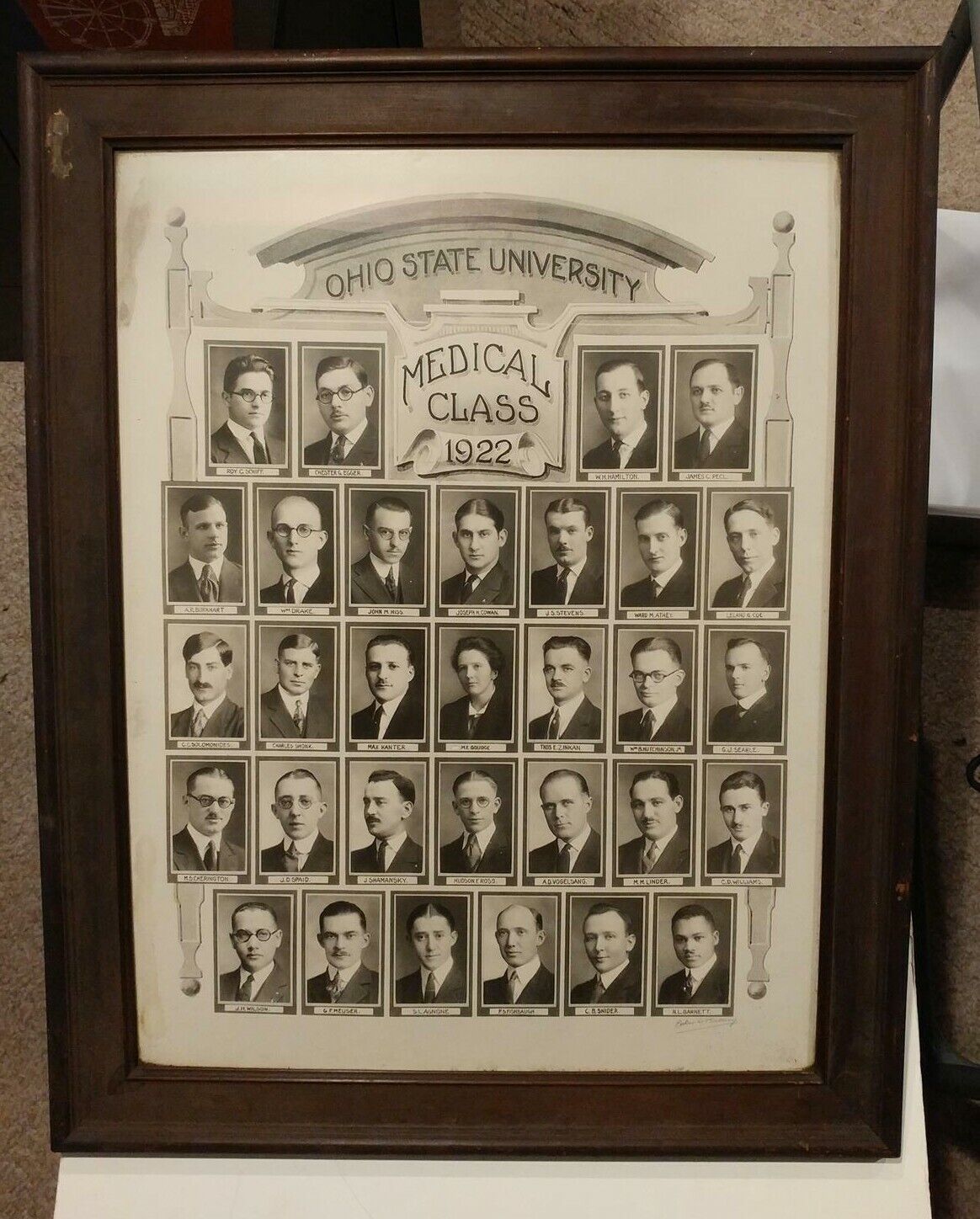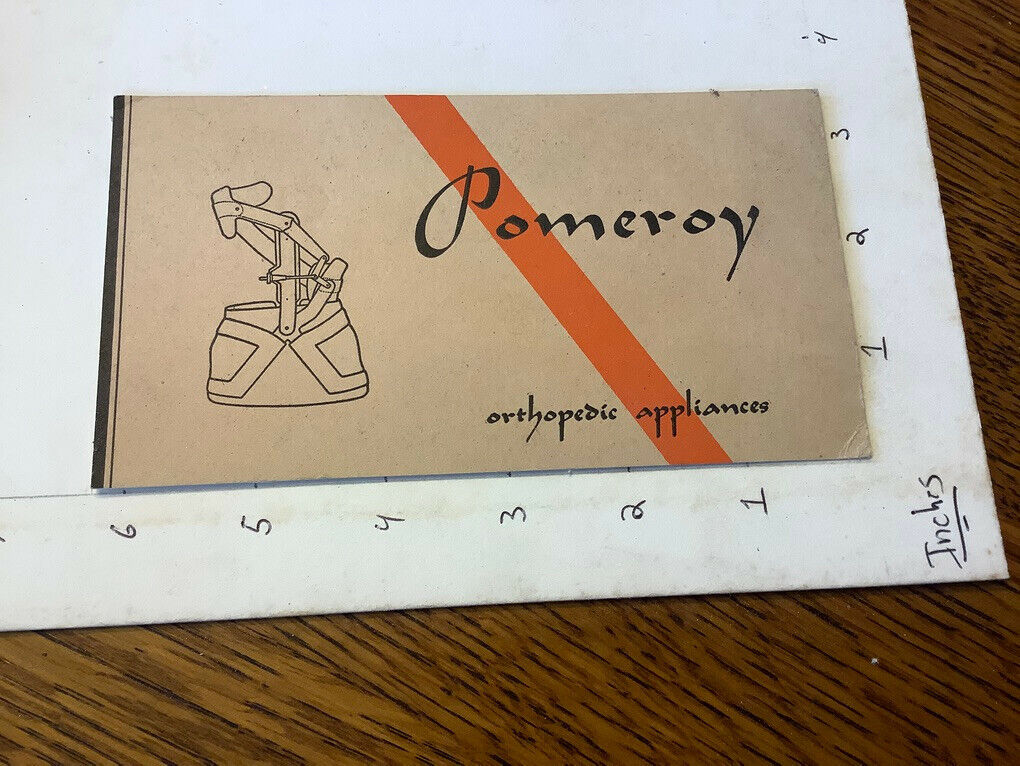-40%
Introduction to Abnormal Psychology (Hardcopy 1931) by V.E. Fisher
$ 8.42
- Description
- Size Guide
Description
415BC1S1All items from a smoke free environment.
We have been in the antiques business full time since 1973 and are experienced sellers. We take great care in packing and shipping. Satisfied customers are our greatest concern. Please examine all photos carefully and ask questions before bidding. Should you experience a problem with your purchase please contact us before leaving feedback so that we can sort things out.
6 1/4% SALES TAX MUST BE ADDED TO ALL PURCHASES ON ITEMS MAILED TO A MASSACHUSETTS ADDRESS UNLESS THE PURCHASER HAS A VALID RESALE CERTIFICATE. WE MUST RECEIVE A COPY OF THE RESALE CERTIFICATE PRIOR TO SHIPPING. If you prefer faster shipping please contact us prior to paying so that we can adjust the charges accordingly.
We have several thousand books in our inventory and will be adding listings regularly. If you are in search of a certain title, please inquire. Books shipped by MEDIA mail which takes 7-10 days. Faster shipping is available for an additional charge.
Grading System Used in Collecting Books
These standards are from the International Book Collectors Association (IBCA), and the Independent Online Booksellers Association (IOBA). They assume that you are describing both the book and the jacket in a single grade.
Some dealers will describe the book and dust jacket separately like this: F/VG - a book in fine condition with a dust jacket in very good condition.
Grade
Explanation/Description
AN/VF/Mint - As New/Very Fine/Mint
The book is in the same immaculate condition in which it was published. There can be no defects, no missing pages, no library stamps, etc., and the dust jacket (if it was issued with one) must be perfect, without any tears. (Note: very few "new" books qualify for this grade, as many times there will be rubs/scuffs to the dust jackets from shipping, or bumped lower spine ends/corners from shelving).
F - Fine
Approaches the condition of As New, but without being crisp. For the use of the term Fine there must also be no defects, etc., and if the jacket has a small tear, or other defect, or looks worn, this should be noted. (The dust jacket may have been slightly rubbed or spine ends slightly bumped from shelving/shipping)
NF - Near Fine
Approaching FINE but with a couple of very minor defects or faults
VG - Very Good
Can describe a used book that does show some small signs of wear - but no tears - on either binding or paper. Any defects must be noted.
G - Good
Describes the average used and worn book that has all pages or leaves present. Any defects must be noted.
Fair
A worn book that has complete text pages (including those with maps or plates) but may lack endpapers, half-title, etc. (which must be noted). Binding, jacket (if any), etc. may also be worn. All defects must be noted.
Poor/Reading Copy
Describes a book that is sufficiently worn that its only merit is as a Reading Copy because it does have the complete text, which must be legible. Any missing maps or plates should still be noted. This copy may be soiled, scuffed, stained or spotted and may have loose joints, hinges, pages, etc.
XLib - Ex-library
Copies must always be designated as such no matter what the condition of the book.
BOMC/BCE - Book Club
Editions must always be noted as such no matter what the condition of the book.
Binding Copy
Describes a book in which the pages or leaves are perfect but the binding is very bad, loose, off, or nonexistent.
Dust Jacket
In all cases, the lack of a dust jacket should be noted if the book was issued with one.
These terms may be arbitrary, but whatever terms are employed, they may be useless or misleading unless both buyer and seller agree on what they mean in actually describing the book. When in doubt, describe the book exactly as it is, as to physical condition, textual reading, and edition.

















